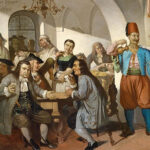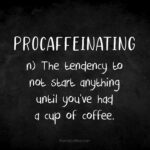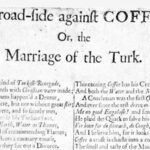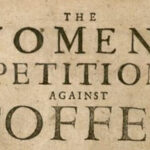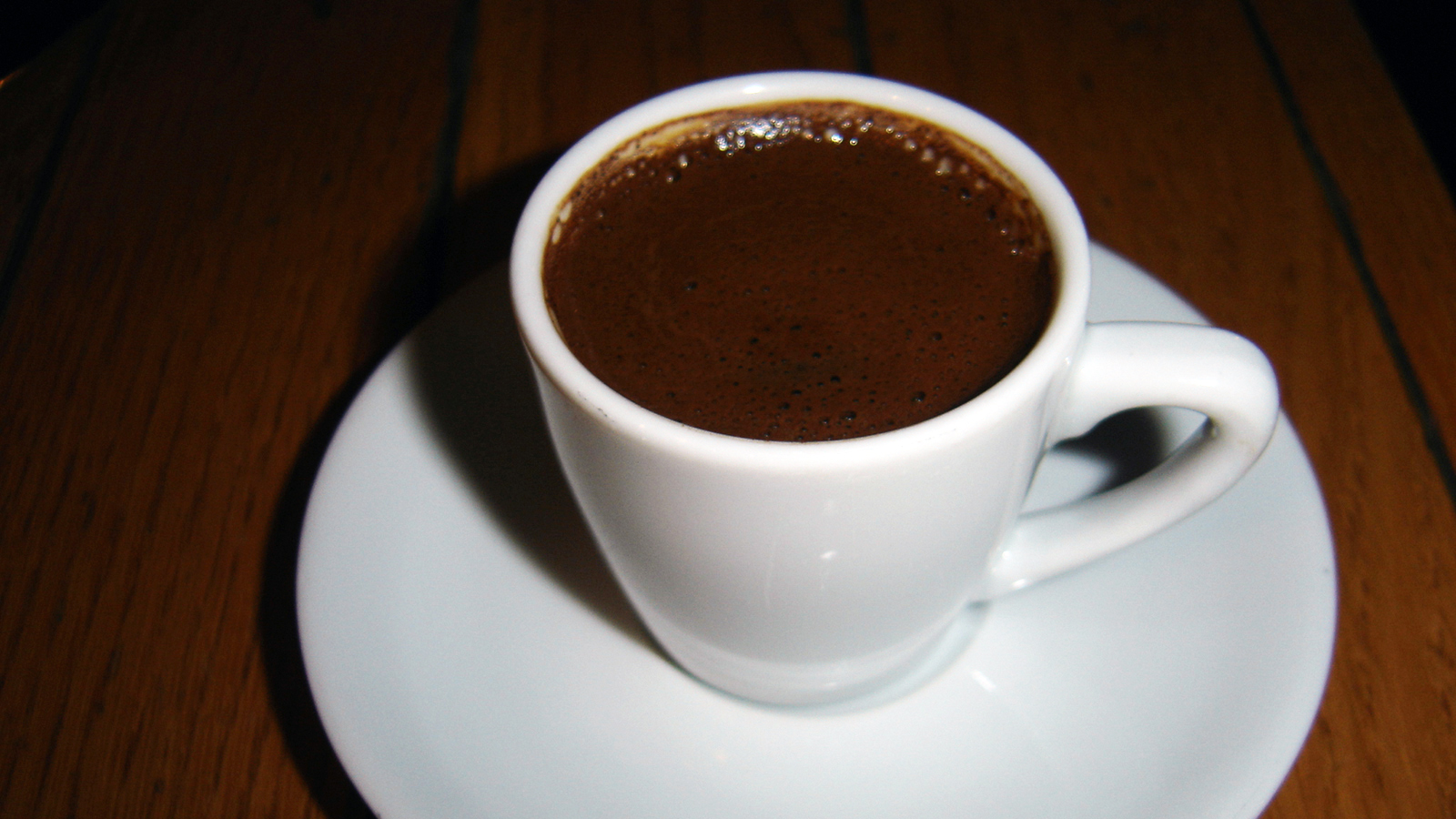
All About Filter Coffee

Filter Coffee: coffee made by filtering hot water through dark roasted and rough ground beans. The resulting brew is allowed to rest before serving. The paper filter stops the coffee grounds from getting into the brewed coffee.
The simplest filter coffeemaker is the domestic coffeemaker.
It consists of a glass jug and a plastic filter cone placed above it.
Preheat the glass jug with a small amount of hot water.
Place the paper filter in the cone.
Place the correct amount of coffee in the filter. 55-60 grams is the correct measurement for 1 litre of water.
Lightly shake the cone to evenly distribute the coffee.
Boil some water in a kettle (92-96 degrees) and leave to cool for 10-15 seconds. Then, pour in just enough hot water to wet the coffee in the filter.
After a few seconds, pour the remaining water over the coffee.
Within a few minutes, the coffee will have dripped into the glass jug at which time it is ready to be drunk.
Use hot water or the steam nozzle of an espresso machine to preheat the cylindrical glass jug.
Place the ground coffee in the bottom of the jug. One cup of coffee (150 ml of water) requires 5-6 grams (about one tablespoon) of filter coffee. Use 55 grams of coffee per liter of water.
Pour hot water over the coffee.
Place the plunger over the lid of the jug and allow the coffee to steep for 3-5 minutes.
Before drinking the coffee, slowly push down the plunger. This process separates the grounds from the coffee infusion.
Make sure to follow the instruction in the coffeemaker’s manual.
Electric filter coffeemakers work on the same principle as the drip method. The first step is to fill the water reservoir with cold water.
If the machine does not have its own filter, place a paper filter in the filter cone.
Place the desired amount of coffee in the filter. The correct measure is 55 grams of coffee per liter of water, so 5-6 grams (about one tablespoon) of coffee makes one cup of coffee. Try a number of variations in order to discover the amount of coffee needed to create your desired strength.
Lightly shake the cone to evenly distribute the coffee.
When the machine is switched on, it heats the water to the desired temperature and begins to drip water into the filter cone.
The vertical gauge on the coffeemaker’s water reservoir shows the water level and its equivalent cup measurement.
The hot plate under the glass jug keeps the coffee warm as long as the coffeemaker is left switched on.
Filter coffee should be consumed within 20 minutes.
The filter should be emptied after every use. Never re-use the coffee grounds.
These types of filter coffeemakers are mainly used in medium to large businesses such as cafes, restaurants and hotels.
Professional filter coffeemakers function exactly the same way as domestic filter coffeemakers.
Make sure to follow the instructions in the coffeemaker’s manual.
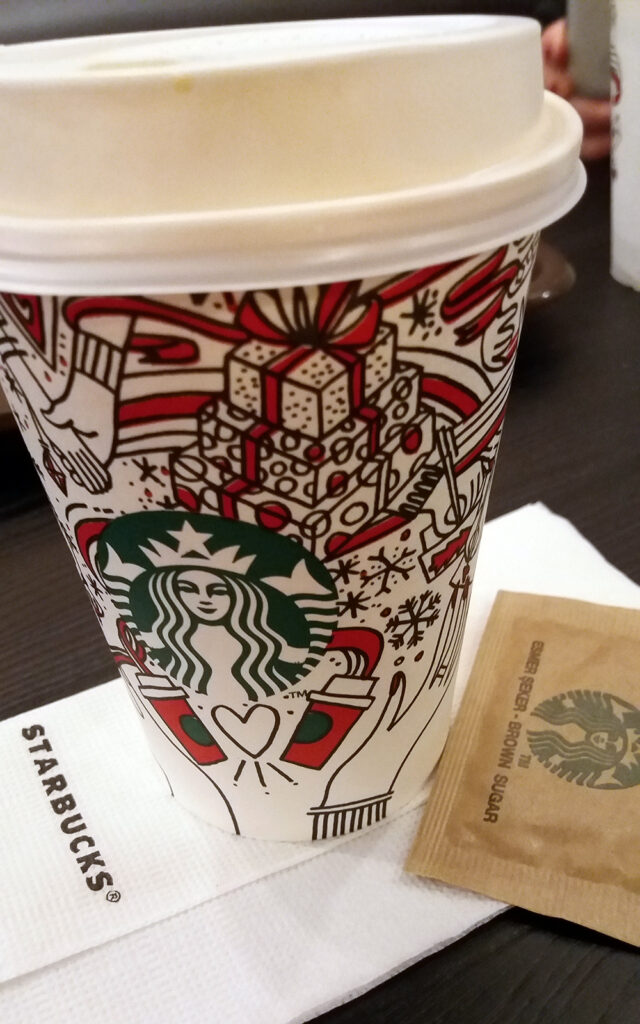
Large, commercial filter coffeemakers also have hot plates that keep the coffee warm and ready to be served.
Filter coffee should be consumed within 20 minutes.
Espresso coffee: coffee made by forcing hot water under pressure through finely ground, dark roasted coffee. Espresso is thicker and stronger than filter coffee. A good cup of espresso features a layer of natural froth known as the “crema”. Sugar can be added to espresso after it has been served.
Fill the lower chamber with cold water.
Place the ground espresso coffee in the middle filter chamber.
Make sure that the filter chamber is filled to the rim with ground coffee.
Lightly tamp down the coffee in the filter.
Brush off any coffee that has spilled over and place the filter chamber on top of the water chamber.
Tightly screw on the top chamber and place the coffeepot on the stove over a low heat.
As the water boils, the steam forces the water up through the filter and then up through a central tube into the top chamber where it brews.
When the sound of boiling stops, the top compartment has filled with coffee.
Take the coffeepot off the stove. Allow to rest for a few moments and then serve.
These are generally used by hotels, restaurants and cafes.
The espresso machine operator or “barista” places roasted coffee beans in a special grinder that has a dosage system. Some machines are equipped with their own internal grinder.
Cold water is placed in the water reservoir.
7 grams of finely ground coffee are used to make one cup of espresso.
The ground coffee is placed in a portafilter, the cupped handle on an espresso machine that holds the coffee during the brewing process
The coffee is tamped with a special tamper that compresses the coffee.
The tamped coffee is placed into the group head, through which a pressurised stream of hot water flows.
A cup is placed under the portafilter spout. When turned on, the machine begins to brew the espresso.
When the cup is 2/3 full (40 ml), the process is stopped.
Steam foamed milk is added to espresso and lightly sprinkled with cacao or flakes of chocolate.
To make cappuccino, 2-3 tablespoons of foam are first spooned onto the espresso.
Holding the rest of the foam back with a spoon, the hot milk is slowly poured through the foam into the coffee.
To clean the spout and check whether the steam is ready, rapidly turn the steam spout on and off.
Pour the milk into a half-liter stainless steel jug. To make cappuccino, use 125 ml of cold milk. Use 250 ml for latte.
As the best froth is achieved using cold milk, the frothed milk is prepared first.
Place the steam spout 1-2 cm into the milk and slowly tilt the jug forward.
Turn on the steam spout. The milk will begin to froth.
As the foam rises, raise the spout so that the tip is always just below the surface of the milk.
Steam the milk until it reaches 2-3 times its original height.
A good, soft froth should be achieved.
After making the froth, heat the milk by lowering the steam spout almost until it touches the bottom of the steel jug.
In 5-10 seconds, when the bottom of the jug warms up, turn off the steam spout.
After frothing the milk, clean the steam spout by rapidly turning it on and off. If necessary, wipe the spout with a clean cloth. Be careful, as the steam spout will be very hot.
A good foam should cling to the back of a spoon.
Espresso crema should range in color from light brown to cacao-colored, occasionally with dark brown veins.
The foam should be 3-4 mm high and long lasting.
It should be strong, aromatic, full-bodied and delicious with a slightly sweet scent.
It should have a long lasting flavor
Tips for a making a full-bodied, delicious cup of espresso:
Use 6.5-7 g of coffee.
Set the machine’s pump to 9-10 atmospheres.
Set the water temperature to 90 degrees on the pressure regulator.
Make sure that the espresso cup is filled 2/3 full within 25-30 seconds.
Weak espresso has a thin layer of foam that is light in color, has large bubbles and is quick to disperse.
The espresso tastes weak, has no aroma and is bland.
Reasons why espresso can taste weak:
Did you use less than 6 g of ground coffee?
Did you use rough ground coffee?
Did you use lightly tamped coffee or coffee that was not tamped at all?
If the coffee was poured into the cup in 20 seconds or less, the coffee may have been rough ground and may not have been tamped.
Was the water temperature below 88 degrees?
Was the pump pressure less than 9 atmospheres?
When was the packet opened?
Was the container stored at room temperature?
If you used roasted coffee beans, were the blades of the grinder dull?
Was the right setting selected on the grinder?
If you used a grinder that automatically adjusts the dosage, was the correct dose selected and was the amount of coffee ground always between 6-7 g?
Was the machine cleaned following the instructions in the manual?
Was the filter the right size for the number of cups?
Strong espresso has dark brown layer of foam with white dots or a black hole in the center.
The thin layer of foam tends to drift towards the rim and to form a black circle.
The espresso has a strong taste, is bitter and has no aroma.
Reasons why your espresso may taste too strong:
Did you use more than 7 g of ground coffee?
Was your coffee very finely ground?
Did you over tamp the coffee?
If the coffee was poured into the cup in 35 seconds or more, the coffee may have been over ground or over tamped.
Was the water temperature over 88 degrees?
Was the pump pressure greater than 10 atmospheres?
If you used roasted coffee beans, were the blades of the grinder dull?
Was the right setting selected on the grinder?
If you used a grinder that automatically adjusts the dosage, was the correct dose selected and was the amount of coffee ground always between 6-7 g?
Was the machine cleaned following the instructions in the manual?
Was the filter the right size for the number of cups?






